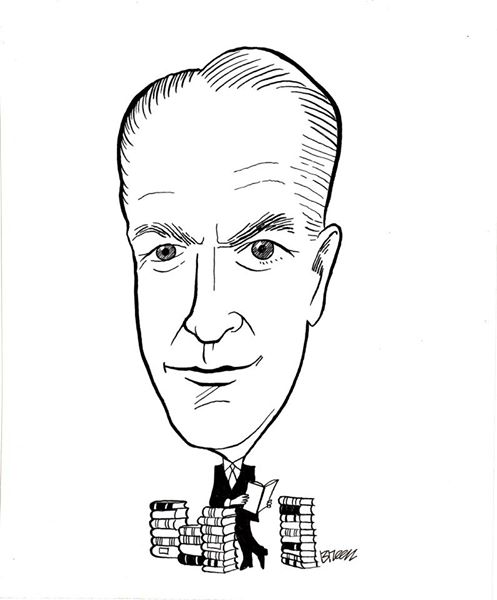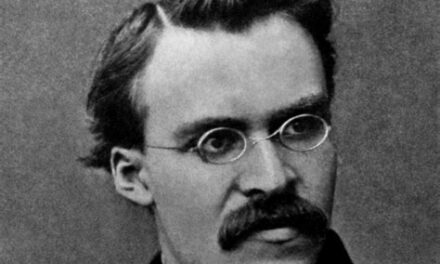Several of these books I read as audiobooks, which in the case of those by Ali Land and Scott Isacoff simply added to their enjoyment. Nowadays, I probably read two audiobooks for every print book I read, the advantage of the former being their availability while driving and getting dressed in the morning. I’ve never caught the bug of e-reading which leaves me rather confused about what I have read and where I left off in the book. Seeing words on a page helps me to remember what I have read, though I am not sure why. And listening to a talented narrator can make a good thriller, such as Good Me Bad Me absolutely riveting. I live surrounded by books, the piles of books and overflowing bookcases have probably pushed the foundation of my house deeper into the ground, which is a metaphor for why books matter so much.
Ali Land’s first novel, Good Me Bad Me, is terrifying in the best possible way, that is, as superb fiction. Land uses her background as a mental health nurse who has worked with traumatized children to create a cast of characters that will leave a permanent mark on your imagination. It begins with the arrival of Milly, the daughter of a serial killer mom, at a foster home where the father is a psychiatrist, the mother outwardly warm but is inwardly fragile, and a daughter, the beautiful Phoebe who immediately sets out to make Milly’s new life as miserable as possible. The psychological struggle between Phoebe and Milly seems to be stacked in Phoebe’s favor because of her absolute command over the local high school. But Phoebe has her own, shall we say, resources as a result of the years spent in her mother’s home.
Cathryn Jakobson Ramin has given millions of back pain sufferers a precious gift — her Crooked: Outwitting the Back Pain Industry and Getting On the Road to Recovery exposes the false promises of the back pain industry, expecially the dark side of back surgery which is rarely successful and more often causes greater damage. The author has done exhaustive research on the recent history of the back pain “business,” and the results are devastating, especially for the chiropractors. I predict her book will eventually reshape and redefine how back pain is treated by our nation’s medical community, as well as how it is covered by insurance companies, Medicare, and Medicaid. The bottom line is this: Millions of taxpayer dollars and thousands of out-of-pocket dollars are being needlessly spent on back pain treatments that not only have no benefit but also present serious medicals risks for patients, from induced strokes to partial or total paralysis.
In When Paris Sizzled: The 1920s Paris of Hemingway, Chanel, Cocteau, Cole Porter, Josephine Baker, and Their Friends, Mary McAuliffe probes well beyond the well-known, often-told, stories of Hemingway, Picasso, Stein, Joyce, and Proust. McAuliffe displays an excellent grasp of the revolutionary music of the period — not just Stravinsky and Ravel, but also Satie, Milhaud, Auric, Honegger, Poulenc, and Tailleferre — and its creative collaboration with photography, ballet, painting, and theatre, especially through the mediation of Jean Cocteau. She also manages to connect the pots between the conservative political poetics of Paul Claudel, the monastic escape of Max Jacob, and the rise of Charles Maurras. The artistic development of Man Ray as a photography is presented in parallel with the the Modigliani, Duchamp,and Dada, as well as the modernist trends in architecture, primarily Le Corbusier. The entry into filmmaking of Jean Renoir is also deftly woven into the narrative, which justly underscores how French cinema recovered from the devastation of the war years.
With Trotsky in New York, 1917: A Radical on the Eve of Revolution by Kenneth D. Ackerman has written a hugely interesting narrative about the ten weeks Leon Trotsky spent in New York City in early 1917. What surprises me was the warm welcome that greeted Trotsky and his wife and how all the radical organizations and their leaders were eager to align themselves this emissary from the upcoming Bolshevik Revolution. Within only a few days after his arrival, Trotsky attracted an overflowing hall for his first public speaking appearance. When Trotsky got the news of the Russian uprising and tried to return home, he was taken captive by the British authorities in Halifax, Nova Scotia. Rather than fretting, Trotsky set out, successfully, to convert his fellow captives to Bolshevism.
Scott Isacoff tells a fascinating and important story in When the World Stopped to Listen: Van Cliburn’s Cold War Triumph and Its Aftermath. Those of my generation will have a memory of Van Cliburn’s remarkable victory at the 1958 Tchaikovsky Competition in Moscow at the height of the Cold War. While illuminating the life and achievement of Cliburn, Isacoff shows how Cliburn single-handedly created a revitalized, warmer relationship between the Soviets and America. Part of this was due his Appolinian talent but just as important was his charismatic presence — tall, boyishly handsome, with a broad Texas accent, a natural humility, and impeccable manners, Cliburn won over the Russian people, millions of whom listened to his performances on the radio.
Stephen Baskerville’s The New Politics of Sex: The Sexual Revolution, Civil Liberties, and the Growth of Governmental Power may be the most important book of 2017 — he has written a masterly and authoritative account of how “sexual radicalism” has infected and transformed culture, politics, and the legal system. He reveals the full impact of feminist and homosexual activism on the entire criminal justice system which Baskerville sees as creating an entire network of self-serving agents enforcing laws that ignore the presumption of innocence, due process, and public transparency. Baskerville also shows with jaw-dropping clarity how “no-fault” divorces laws have allowed the intrusion of federal and state government so far into our private lives that “privacy” no longer exists.
Visions of Mary: Art, Devotion, and Beauty at Chartres Cathedral is quite a magnificent book. Jill Geoffrion is not only a superb writer but also an equally talented photographer. But her book is far more than a comprehensive survey of all the images of Our Lady at Chartres Cathedral, rather Visions of Mary is a splendid introduction to the theology and spirituality of Marian devotion. As an ordained American Baptist minister, Jill Geoffrion arrives at Chartres with completely fresh eyes and an open heart. Through this book, she communicates her excitement of discovering why Catholics venerate Mary and how that devotion could enrich her own faith. As she writes, “if God wants to use an American woman minister to introduce others to praying with a Catholic relic in France, who am I to say no?” This book is her resounding “Yes” to the calling she felt to share her experience of Mary at Chartres with persons of all faiths and no faith. This is a book you can give to anyone who asks about Mary or anyone who already knows and loves her as Our Lady. Both will be enriched.
Sharyl Attkinson has explained the present political climate better than anyone I know: The Smear: How Shady Political Operatives and Fake News Control What You See, What You Think, and How You Vote is a tour de force of classical reportage, revealing the Russian “scandal” and the “fake news” accusations for what they are — pure inventions of a political party desperate to remain in power at any cost. It’s remarkable that major news operations continue to talk about Russian interference in the 2016 election and fake news after Attkinson has put all the pieces together and traced these allegations back to their source in a Google-funded think tank. The Smear deserves a lot more attention and traction than it has received, a fate often accorded to authors to publish the truth too soon, before the public is ready to hear it. Perhaps the time has come?














